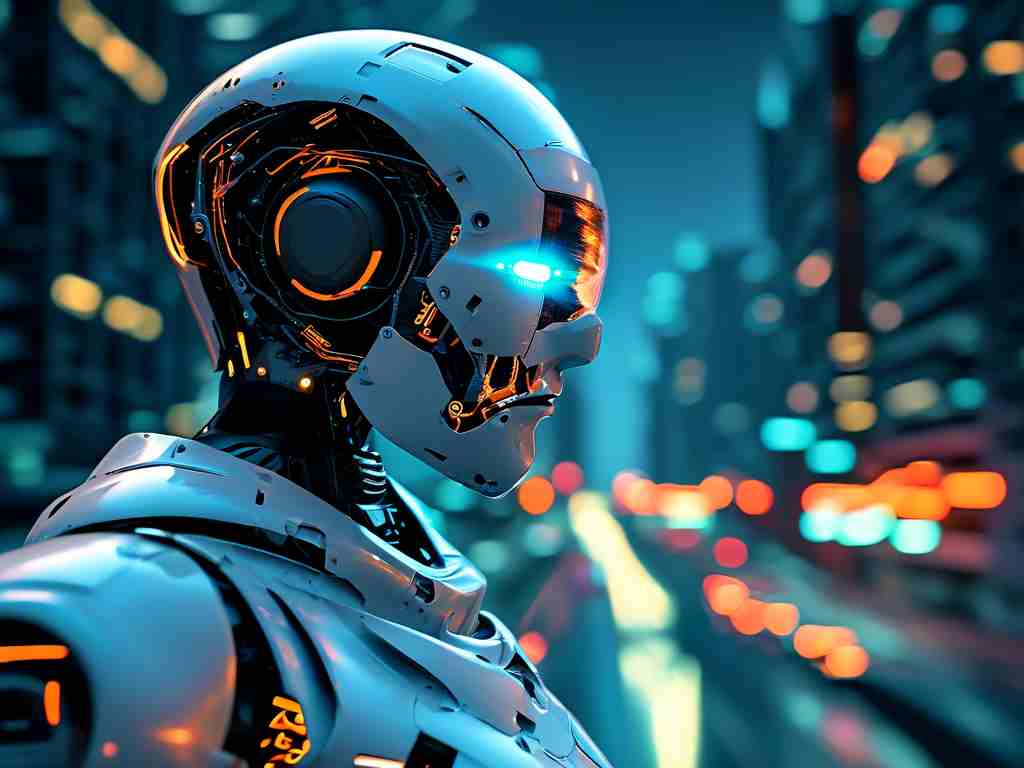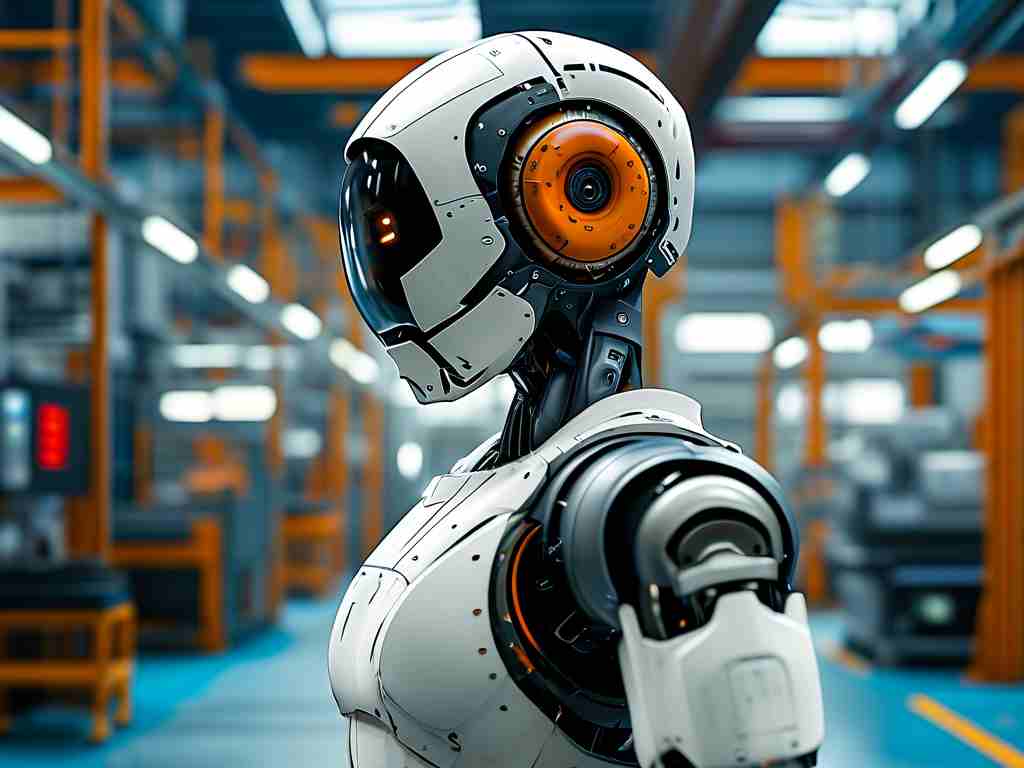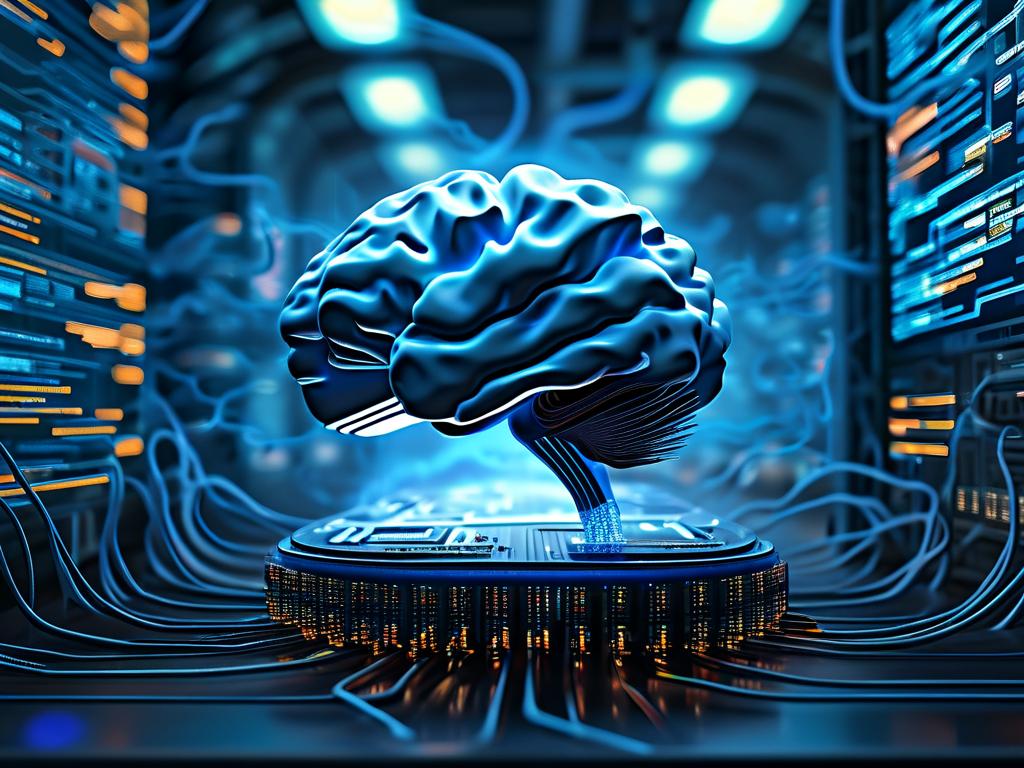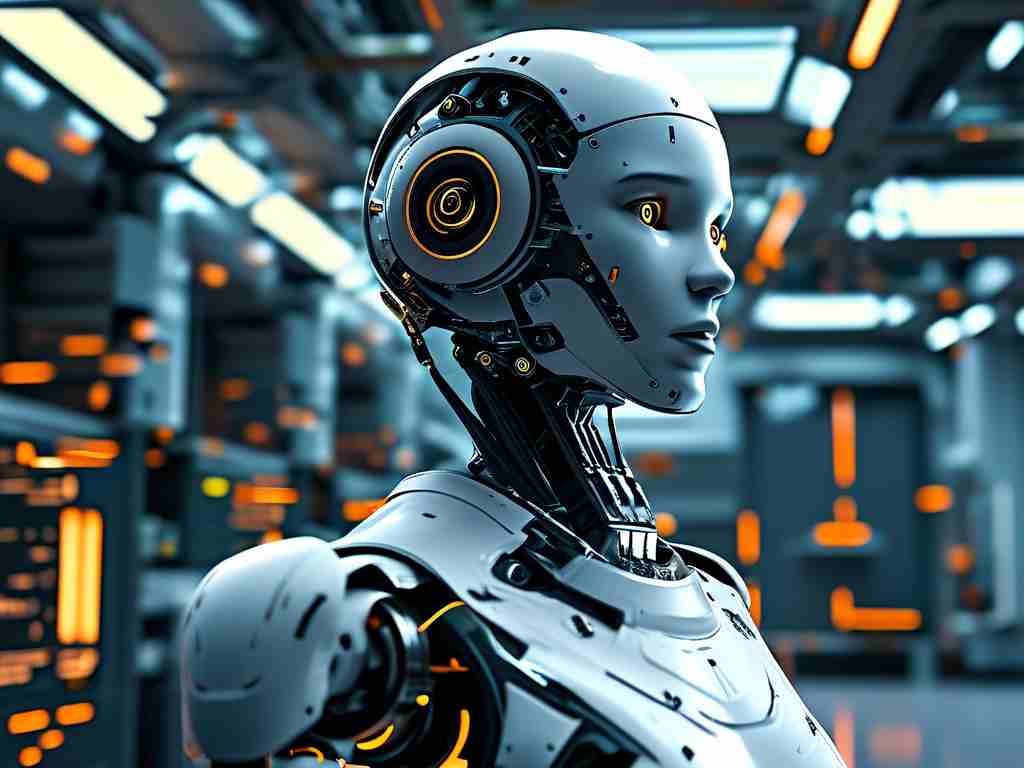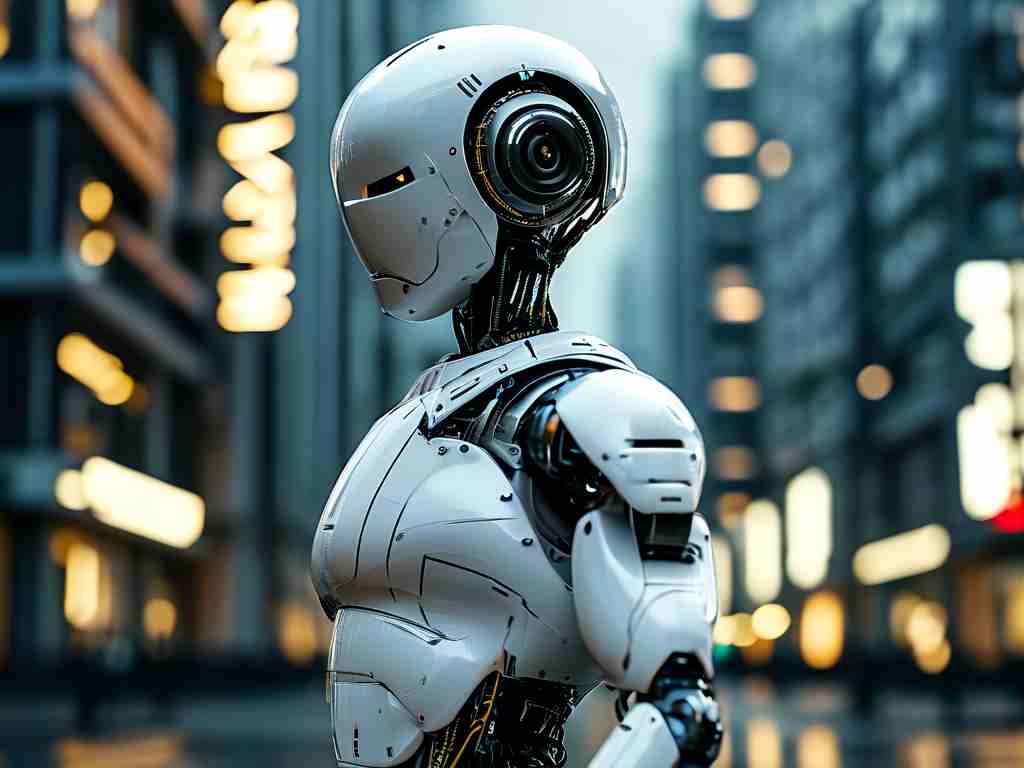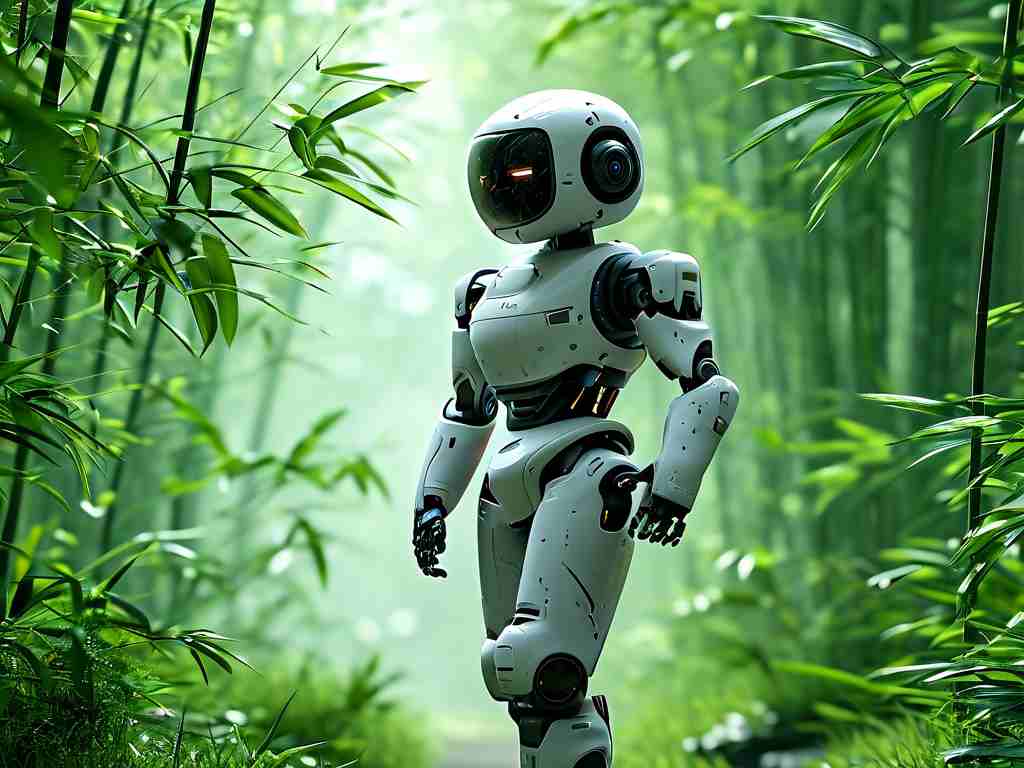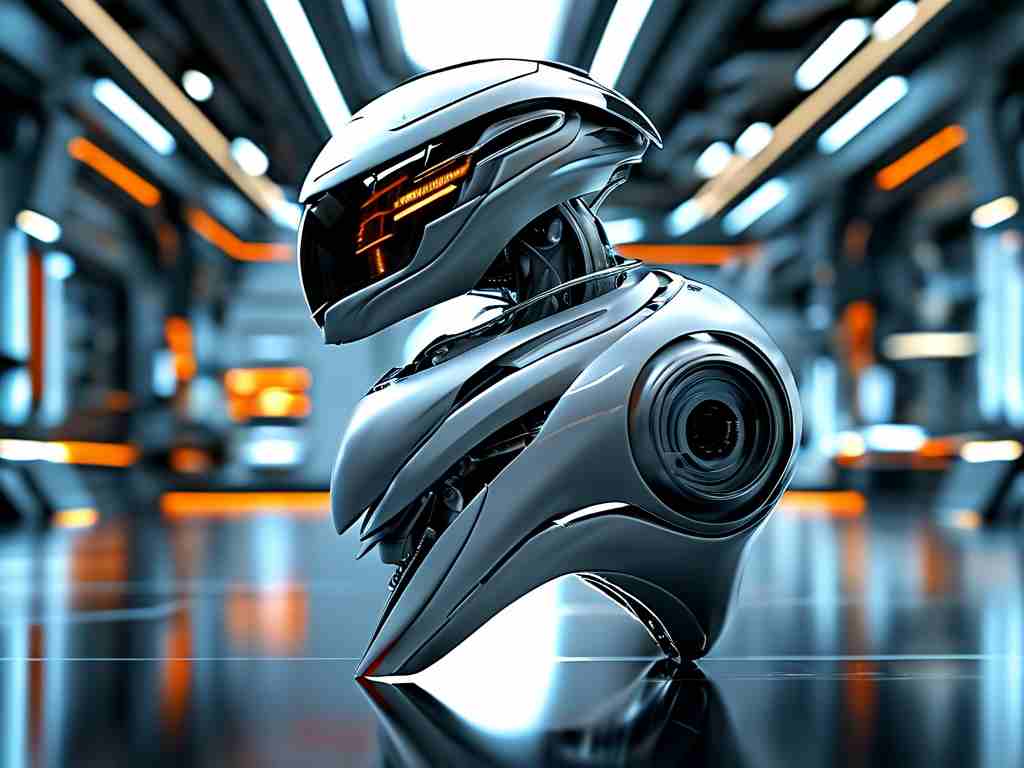The rapid evolution of artificial intelligence (AI) and robotics has ushered in a new era of technological innovation. Recent advancements in intelligent AI robotics are redefining industries, enhancing human capabilities, and addressing complex global challenges. This article explores the cutting-edge developments in this field, their applications, ethical considerations, and the transformative potential they hold for society.
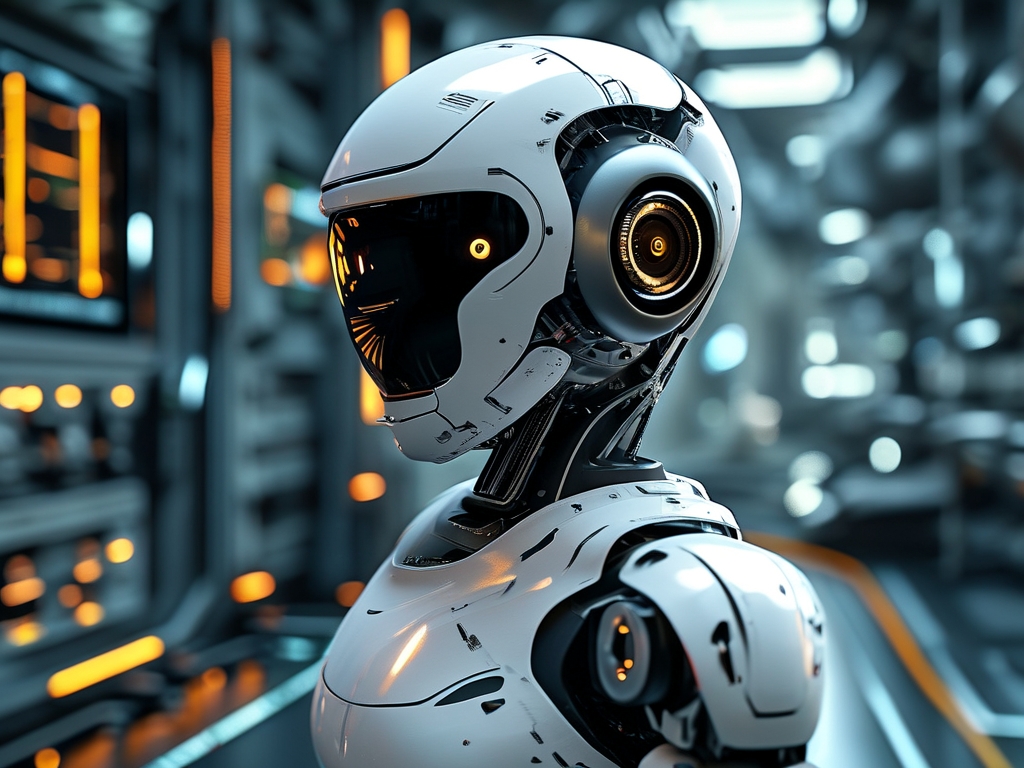
1. Next-Generation AI Algorithms
Modern AI robots leverage deep learning, reinforcement learning, and generative AI models to achieve unprecedented levels of autonomy. For instance, systems like GPT-4 and multimodal AI architectures enable robots to process text, images, and sensor data simultaneously, improving decision-making in dynamic environments. Companies like Boston Dynamics and Tesla are integrating these algorithms into robots capable of navigating unstructured terrains, interpreting human gestures, and even predicting user needs.
A breakthrough lies in "embodied AI," where robots learn through physical interaction with their surroundings. Researchers at institutions like MIT and Stanford are training robots to adapt to real-world scenarios-such as disaster response or elderly care-by simulating millions of trial-and-error scenarios in virtual environments. This approach accelerates learning while minimizing risks.
2. Human-Robot Collaboration
The latest AI robots are designed not to replace humans but to collaborate with them. Collaborative robots (cobots) like ABB's YuMi and Toyota's T-HR3 use advanced computer vision and haptic feedback to work safely alongside humans in factories, hospitals, and homes. For example, surgical robots like the da Vinci Xi System now incorporate AI-driven precision tools that assist surgeons in performing minimally invasive procedures with sub-millimeter accuracy.
In customer service, AI-powered humanoid robots like SoftBank's Pepper and Hanson Robotics' Sophia are being deployed in retail and hospitality sectors. These robots analyze customer emotions via facial recognition and tailor interactions using natural language processing (NLP), bridging the gap between technology and human empathy.
3. AI Ethics and Safety Challenges
As AI robots become more autonomous, ethical concerns intensify. Issues like data privacy, algorithmic bias, and job displacement require urgent attention. For instance, autonomous delivery robots raise questions about liability in accidents, while AI-driven hiring bots risk perpetuating biases present in training data.
Organizations like the IEEE and EU Commission are drafting frameworks to ensure transparency and accountability. Techniques such as "explainable AI" (XAI) are being integrated into robotics to make decision-making processes interpretable to users. Meanwhile, initiatives like OpenAI's Charter emphasize developing AI that aligns with human values.
4. Industry-Specific Transformations
- Healthcare: AI robots like Diligent's Moxi assist nurses by delivering supplies, reducing burnout. IBM's Watson Health collaborates with robots to analyze medical data for personalized treatments.
- Agriculture: Startups like Iron Ox deploy autonomous robots for precision farming, optimizing water and fertilizer use.
- Space Exploration: NASA's Perseverance rover and AI-driven drones on Mars exemplify how robotics expands humanity's reach into space.
5. The Road Ahead
Future trends include quantum computing-enhanced AI, biohybrid robots combining organic and synthetic materials, and swarm robotics for large-scale tasks like environmental monitoring. However, achieving these goals demands interdisciplinary collaboration and public-private partnerships.
In , intelligent AI robotics is not merely a technological leap but a societal shift. By balancing innovation with ethical stewardship, humanity can harness these tools to build a more efficient, equitable, and sustainable world.


